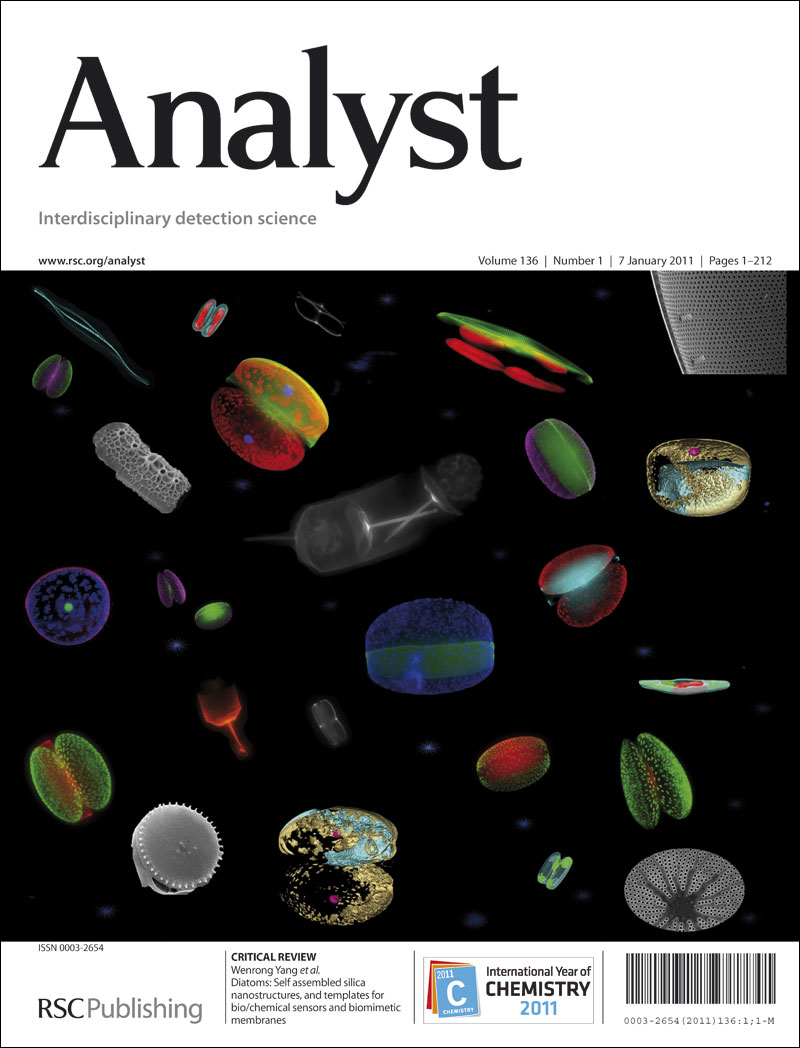Elucidating Gas Phase Microstructures of Therapeutic Deep Eutectic System
IF 3.6
3区 化学
Q2 CHEMISTRY, ANALYTICAL
引用次数: 0
Abstract
The therapeutic deep eutectic solvent is a new class of deep eutectic solvent (DES), which includes at least an active pharmaceutical ingredient (API) as one of its components. Therapeutic DESs are emerging alternatives that improve the bioavailability, solubility, delivery, and pharmacokinetics properties of drugs. DESs comprise two components, generally hydrogen bond acceptor (HBA) and hydrogen bond donor (HBD), with varying ratios. The interaction chemistry between HBA:HBD in DESs is complex. Moreover, stoichiometry and cluster formation of DES at the molecular level received little attention. Mass spectrometry (MS) is an attractive technique for studying isolated gas phase molecules; however, such investigations have not been implemented for DESs. Compared to other techniques, MS is unique to provide the gas phase stoichiometry, cluster formation, and interaction network between two components of DESs. In addition, computational modeling assists in visualizing the isolated DES clusters and unraveling a deeper understanding of the structure-property relationship. In this study, multi-technique approaches including thermogravimetric (TGA), colorimetric (DSC), spectroscopic (IR and Raman), emerging mass spectrometry, and computational were employed to characterize the menthol:ibuprofen based therapeutics DES. The thermal, colorimetric, and spectroscopies studies showed that hydrogen bonding is the primary factor contributing to DES formation. This study also reported the stable gas phase cluster structure of a menthol: ibuprofen DES using electrospray ionization (ESI) and direct analysis in real time (DART) coupled with mass spectrometry. Subsequently, temperature-dependent DART-MS investigation shows that different temperature conditions impact the formation, intensity of clusters, and the presence of ester impurities. The most intense peak in the ESI-MS and DART-MS spectrum was detected at m/z 363.1, corresponding to the hetero molecular cluster of 1:1 menthol: ibuprofen complex. In addition to the hetero cluster, homo clusters of two-menthol and two-ibuprofen are also detected. Density functional theory (DFT) was employed to investigate the possible gas phase structures of the selected clusters obtained from MS. The DFT results show that hydrogen bonds between the constituents stabilize most of the clusters. MS-guided computational model visualized detailed microstructures and provided insights into the formation mechanism and intermolecular interaction of therapeutic DES.求助全文
约1分钟内获得全文
求助全文
来源期刊

Analyst
化学-分析化学
CiteScore
7.80
自引率
4.80%
发文量
636
审稿时长
1.9 months
期刊介绍:
"Analyst" journal is the home of premier fundamental discoveries, inventions and applications in the analytical and bioanalytical sciences.
 求助内容:
求助内容: 应助结果提醒方式:
应助结果提醒方式:


